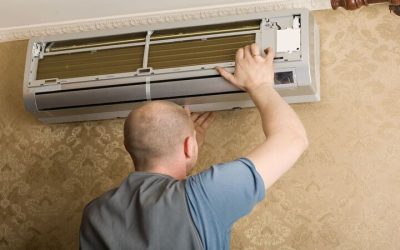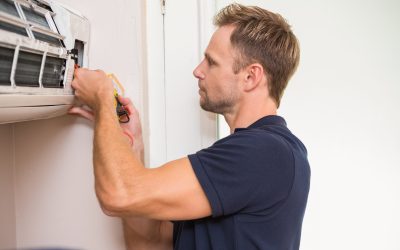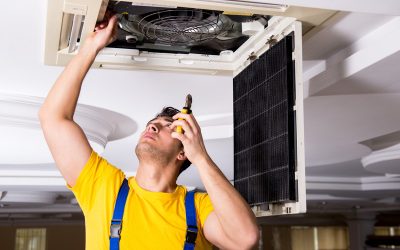Creating a warm environment takes a lot more work than most people realize and unfortunately, all this effort requires energy. Even worse, creating the heat is only one aspect of this energy demand. The rest is used to move the treated air from the heater to the rest of the space. Not surprisingly, the best Heaters in San Marcos for this difficult task tend to be the HVAC (Heating, Ventilation and Air Conditioning) system. The furnace side of the HVAC functions the same as a forced air unit. There are two basic types of furnace, one that burns natural gas and one that heats the air using electrical resistance.
A failing HVAC doesn’t necessarily mean the end of the appliance, but it might require a few repairs. Luckily, for the homeowner, the forced air system is reasonably simple. The furnace creates heat in a combustion chamber where it radiates to the air exchange. This process is slightly different for electric models since it isn’t necessary to keep the air exchanger separate from the heating area. Gas models require this so that exhaust fumes won’t enter into the treated air flow. Common locations for a furnace to fail include the thermostat/control switch, blower system and reduced airflow. The latter can have multiple causes such as poor filtration or a blocked evaporator coil.
Alternatives to the forced air Heaters in San Marcos are available. For instance, it is possible to set up a modern boiler system that operates quite efficiently. The hot liquid can then be circulated through one or more radiators. Today’s radiators range from small, baseboard units that heat around the sides of the room to wall based models that fill the space with warmth. In fact, radiant heat can even be used to warm a floor, but this may take a bit of work to install.
Another possibility is a heat pump. The heat pump functions by collecting heat from one area and bringing it inside the home. The amazing thing about heat pumps is that the system uses very little energy compared to other heating methods. It generally requires less energy to move the heat than it does to generate it. Unfortunately, this claim does not allow for any energy used in moving the heat throughout the home. Visit the website at domain URL for more details.


